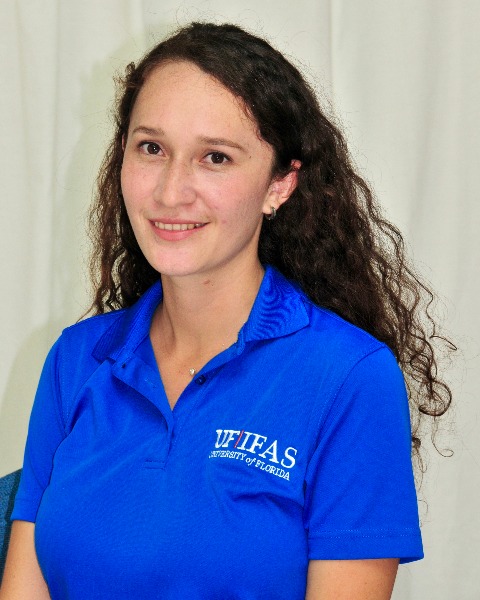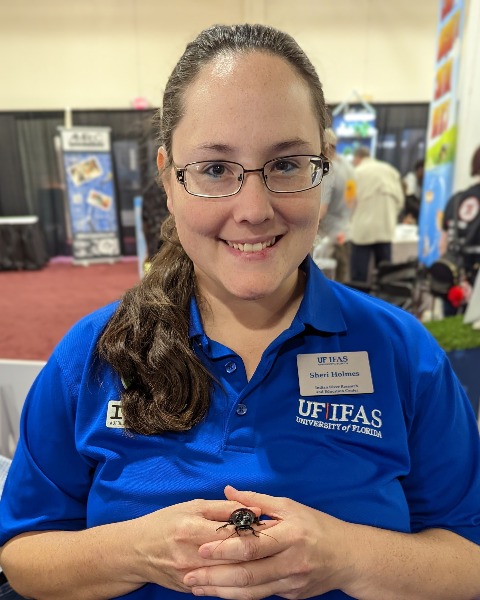Student 10-Minute Presentation
Plant-Insect Ecosystems
Student
Student Competition
The acacia and Trichilogaster story continues: Biological control of earleaf acacia in Florida

Sara Elizabeth Salgado Astudillo
Grad student
University of Florida
Fort Pierce, Florida
Emily Le Falchier (she/her/hers)
Graduate Student
University of Florida
Vero Beach, Florida
Sheri L. Holmes
Master's student
University of Florida
Port St Lucie, Florida- MS
Melissa Smith
Research Ecologist
USDA-ARS
Davie, Florida 
Matthew F. Purcell (he/him/his)
Director
CSIRO
Brisbane, Queensland, Australia- RZ
Ryan Zonneveld
The Commonwealth Scientific and Industrial Research Organisation
Canberra, Australian Capital Territory, Australia - CM
Carey Minteer
Assistant Professor
University of Florida
Fort Pierce, Florida
Presenting Author(s)
Co-Author(s)
Acacia auriculiformis, commonly known as earleaf acacia (ELA), is an invasive, fast-growing evergreen tree in the Fabaceae family. Native to the subtropical forests of Australia, Papua New Guinea, and Indonesia, ELA was introduced to the United States in the 1930s for ornamental purposes and has since spread across Florida and Hawaii, with the potential to invade other climatically suitable regions. This study uses ecological niche modeling (ENM) to predict ELA’s potential distribution across the Caribbean, Central America, and North America, as well as to assess the climatic suitability of Florida for the potential biological control agent Trichilogaster sp. nov., a gall-forming wasp. Using data sourced from surveys and databases, ENMs were generated in R with the ‘glmnet’ algorithm within the ‘ENMEval’ package, incorporating a range of environmental variables. Model outputs indicate that ELA is well-suited to various regions across the Americas, including southern regions of the United States, such as Florida and Louisiana, as well as Mexico, Belize, and Central America. For Trichilogaster sp. nov., suitable conditions are predicted in southern Florida and along the U.S. East Coast, indicating promising areas for potential release. Both ENMs demonstrated high predictive accuracy, with AUC values exceeding 0.9. The results underscore the importance of understanding climatic suitability when managing invasive species distributions and focus on the potential for Trichilogaster sp. nov. as an environmentally sustainable option for ELA control in Florida. Continued monitoring and management of ELA remains essential to mitigating its spread and ecosystem impacts.

.png)

